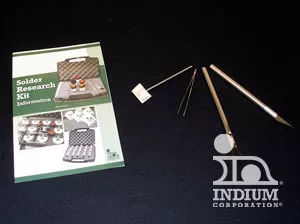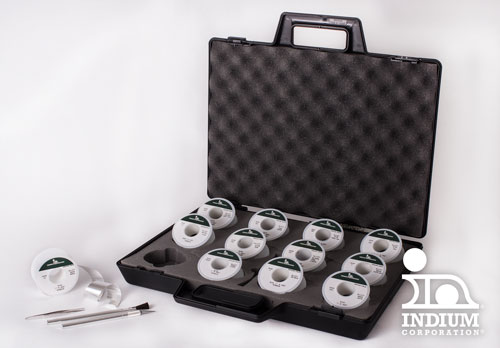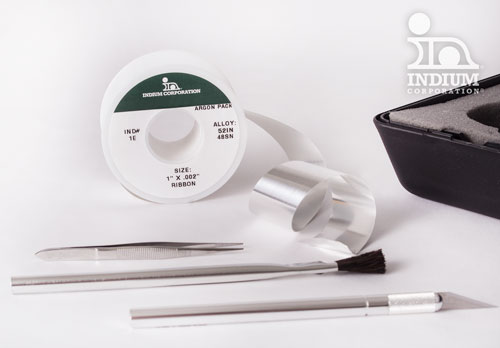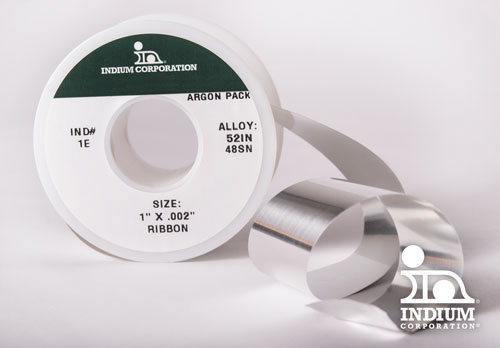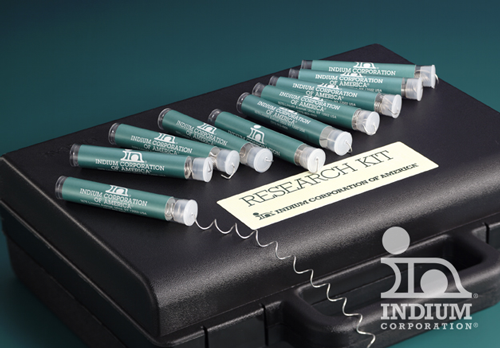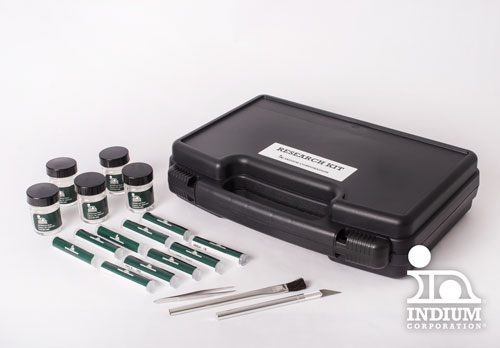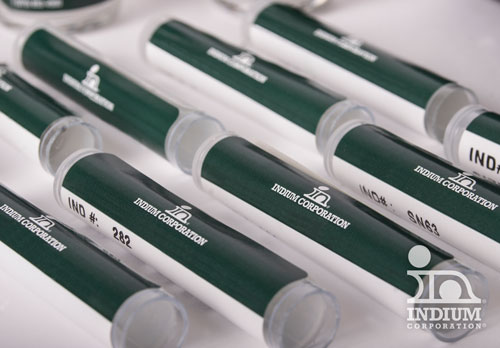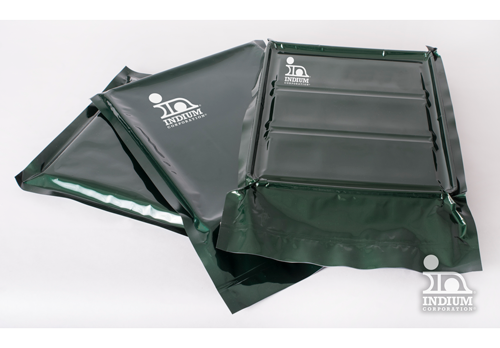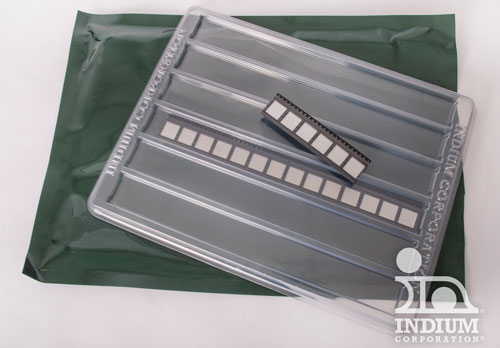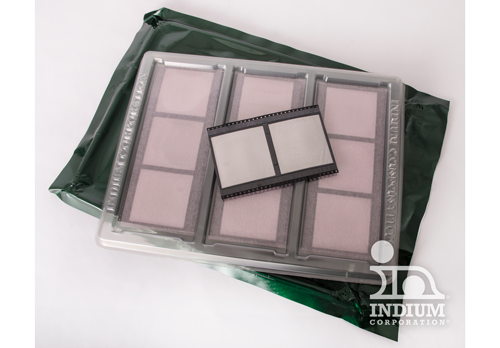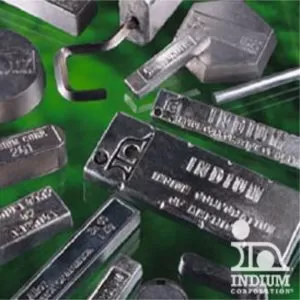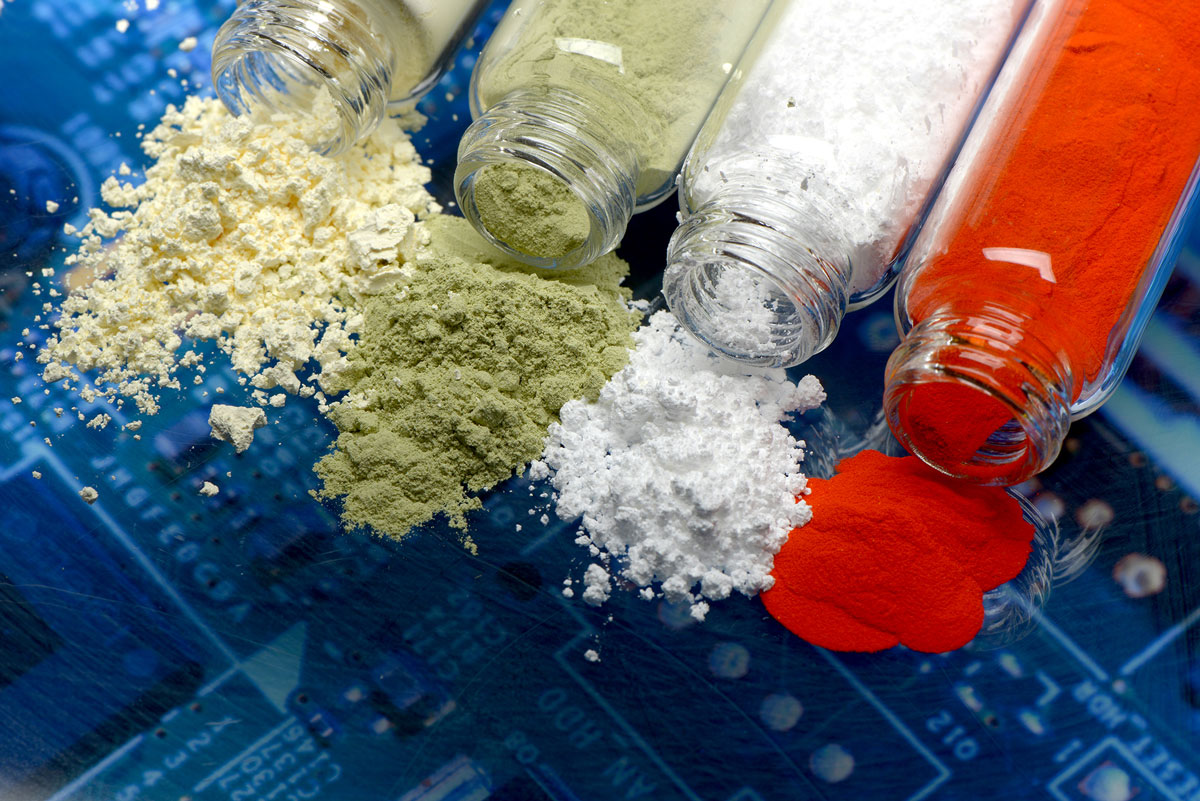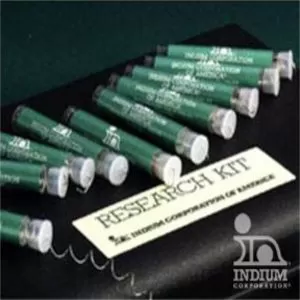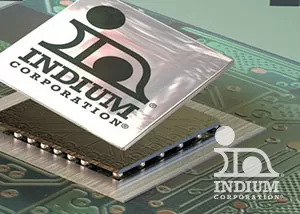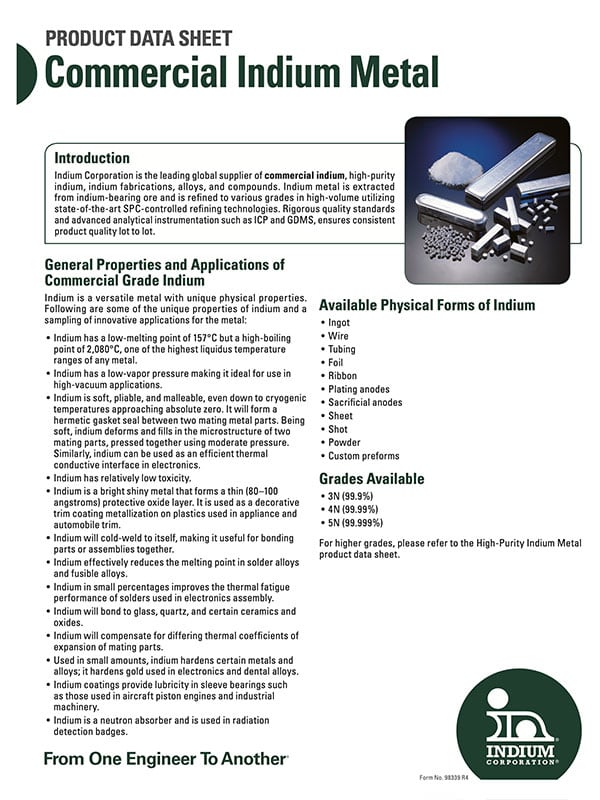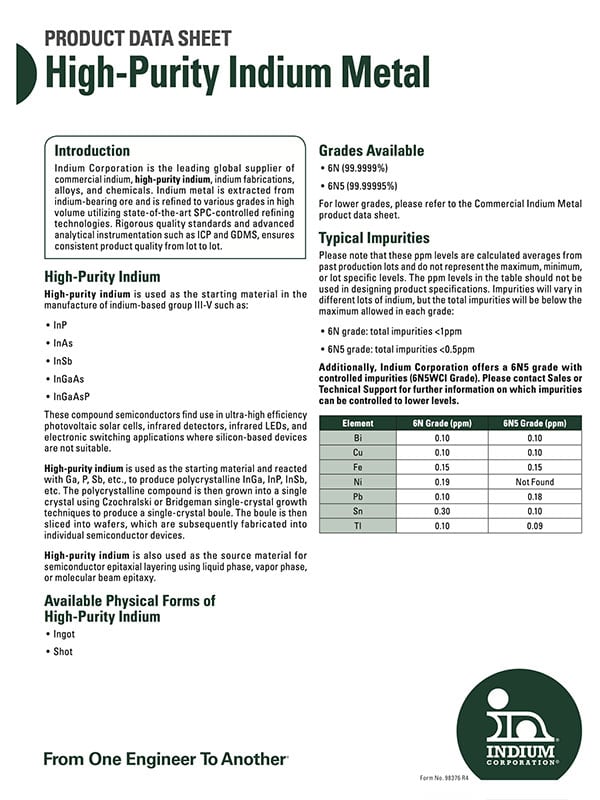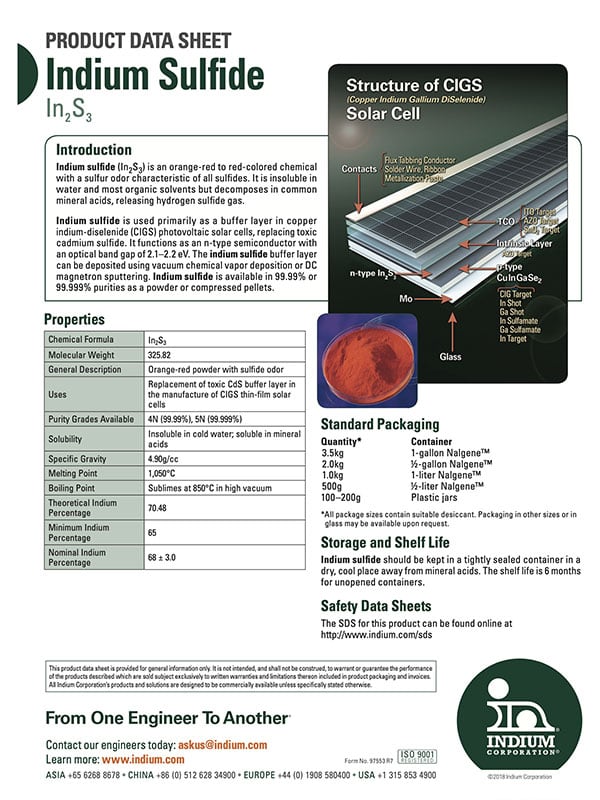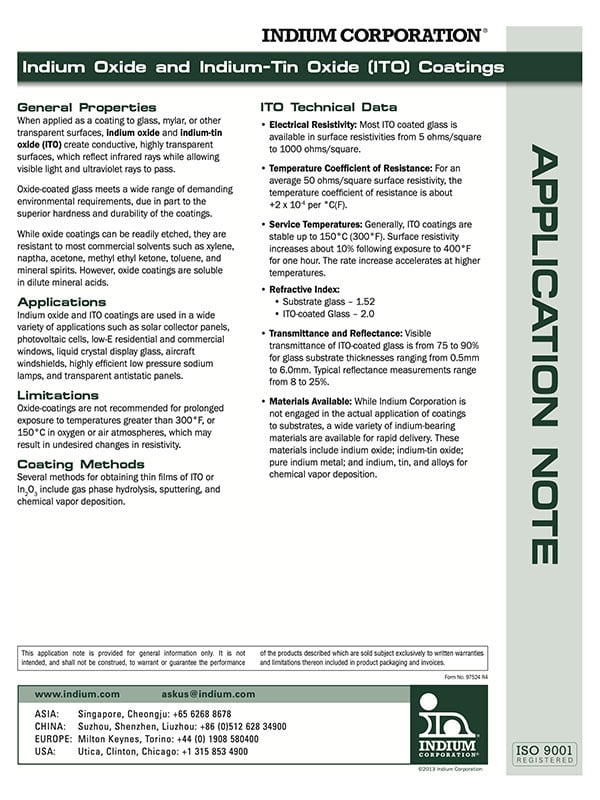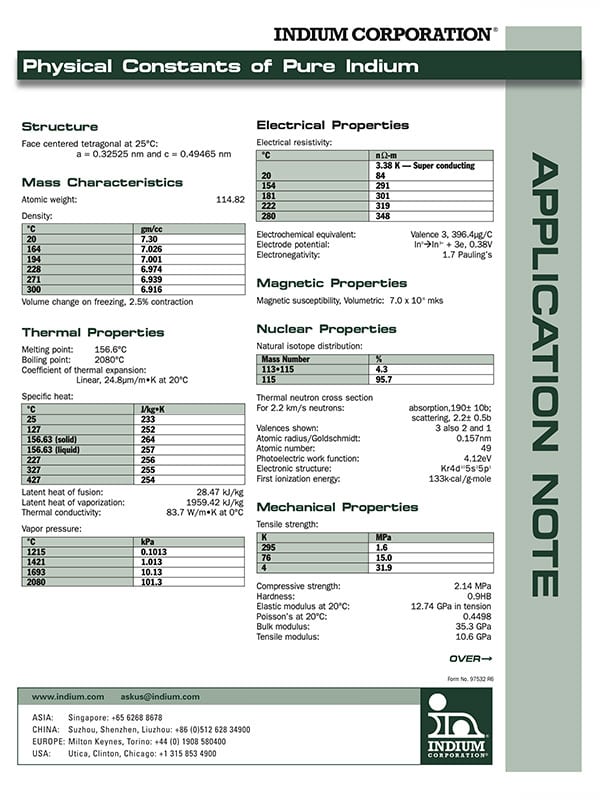
Indium... The Possibilities Are Endless®
Indium is extracted primarily from indium-bearing zinc or tin ores and purified to various grades utilizing state-of-the-art statistical process controlled refining technologies.
Humble Beginnings: Ferdinand Reich and Hieronymus Theodor Richter first discovered indium metal in 1863 while at the Freiburg School of Mines, Germany. For years, the capabilities of this incredible resource were unknown, until Dr. William S. Murray began to investigate its physical and chemical properties in 1924 in Utica, NY. In 1934, Murray formed the Indium Corporation and the company and metal have been tied together ever since – leading and supporting the advancement of technologies that we all rely on today.
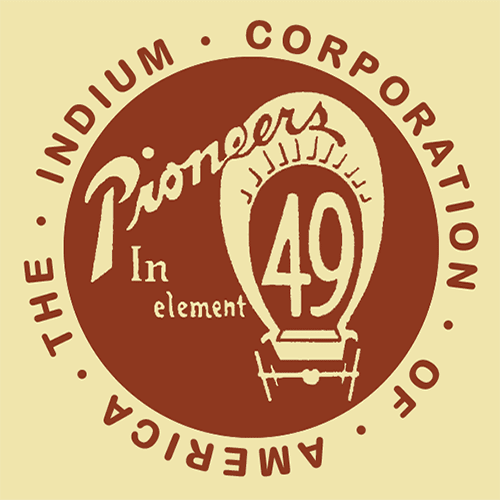
History of Indium Corporation and the Development of Indium for Commercial Use
With Phil Zarrow
Click HereVersatile. Conductive. Malleable.
Because of its unique properties with virtually limitless applications, indium is literally all around us.
In addition to solder alloys, thermal interfaces, and solar cells, indium is used in many other applications that you may not be aware of. Almost all flat screens use indium-tin oxide – you could be looking through up to 4 layers of indium to read this page. Indium is also used to bond non-metallic surfaces, create quantum dots, and build stretchable electrical circuits.




